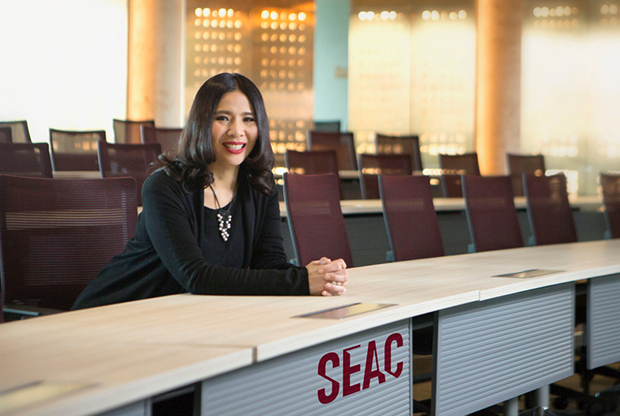
We all celebrate our business milestones and successes. But, what if I say that we should also be celebrating our mistakes and failures?
When we look back at the career history of many successful business leaders, surely they have made mistakes and failed before achieving success. But they have one thing in common, which is that even during their period of success, they continue to learn from their mistakes.
Examples of those leaders include Elon Musk, Jack Ma, Bill Gates and many more, all of them having experienced their share of mistakes and failures before they became successful. They celebrated their success but more importantly, they learned from their mistakes.
Bill Gates even once said: “It is fine to celebrate success, but it is more important to heed the lessons of failure.”
Recently, I had the opportunity to learn about appreciating failure through a keynote speaker, David Covey, the author of Trap Tales: Outsmarting the 7 Hidden Obstacles to Success. The key point in the session that caught my attention — and the one I thought was relevant to the celebration of failure — was one of the seven traps that he had shared: the learning trap.
The learning trap, also known as the conventional way of learning, describes a mindset often found among “experts” in a particular field. Since they are experts and clearly know what they are doing, they believe the mistakes happen are caused by external forces and not from their own doing.
However, there is a way out of the learning trap. We can use unconventional ways of learning, which includes celebrating and acknowledging our mistakes and failures as essential elements of our own as well as our organisation’s growth process.
But, as business leaders, how do we “celebrate” our mistakes and failures?
First, we must learn to let go of the negative view of failure. Mistakes and failures are usually seen in a negative light because of the effect they have on us, whether it is our finances or image or even our business as a whole. Furthermore, it is not easy to take the blame for our own mistakes, and this usually results in placing the blame on other people and external factors.
We can begin to set aside the negativity by trying to avoid putting the blame on others. Creating a positive meaning around our mistakes and failures allows us to be more open and motivated to learn from them. As a result, we and our people will be able to reduce the negative perspective on failure.
That is not to say that we are not allowed to have negative feelings about failure, but what I’m trying to say is that our businesses cannot move forward if we remain in negativity. As business leaders, we need to encourage a learning environment for our people in order to create a more positive outlook on our mistakes.
Second, we must encourage experimenting and testing our assumptions. This may sound ironic as the more you experiment, the more likely you are to make mistakes and fail. However, that is the goal: to fail fast is the way that we can learn fast.
Scientists conduct experiments to test their theories as this is a way that they can collect supportive primary evidence. If they fail, they learn from what went wrong in the previous experiment, then try again with the newly acquired knowledge.
Business leaders can apply this in the same manner with their organisations. Encouraging new ideas and testing those ideas can support a learning environment for your people that can make them feel more comfortable with experimenting.
However, the outcome of experimenting and testing may not always be what you would expect or want. But failure is not meant to knock us out. Rather, failure is meant to be the driver to challenge ourselves and our businesses to do better and achieve more.
The choice business leaders must make is either to take that risk in order to adapt, or risk a little and become vulnerable to the disruptive and the fast-changing world.
There must be so many other ways to celebrate failure — I am sure you might have already come up with some. Whichever way you decide is the best way for you and your organisation; remember that the goal is to pay attention to the lessons you can learn from failure and to nurture a learning environment.
Certainly, celebrating failure is easier said than done. Mistakes and failure can cost businesses in undesirable ways and this creates fear. But remember that failure is just a stepping stone toward success. The bottom line is that business leaders need to create a learning environment for organisations through mistakes and failures in order to move forward toward future success.
Arinya Talerngsri is Chief Capability Officer and Managing Director at SEAC (formerly APMGroup) Southeast Asia's leading executive, leadership and innovation capability development centre. She can be reached by email at arinya_t@seasiacenter.com or www.linkedin.com/in/arinya-talerngsri-53b81aa
For daily updates, visit www.facebook.com/seasiacenter